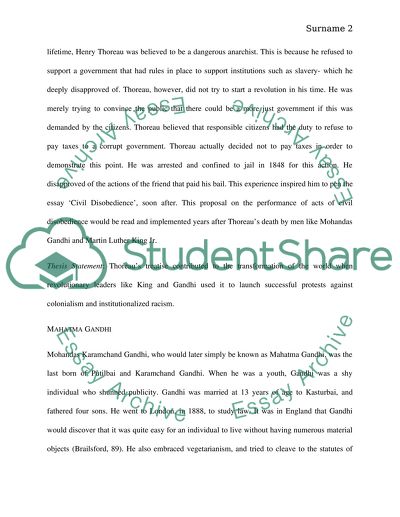Cite this document
(“Mahatma Gandhi Research Paper Example | Topics and Well Written Essays - 2500 words”, n.d.)
Retrieved from https://studentshare.org/english/1648088-mahatma-gandhi
Retrieved from https://studentshare.org/english/1648088-mahatma-gandhi
(Mahatma Gandhi Research Paper Example | Topics and Well Written Essays - 2500 Words)
https://studentshare.org/english/1648088-mahatma-gandhi.
https://studentshare.org/english/1648088-mahatma-gandhi.
“Mahatma Gandhi Research Paper Example | Topics and Well Written Essays - 2500 Words”, n.d. https://studentshare.org/english/1648088-mahatma-gandhi.


